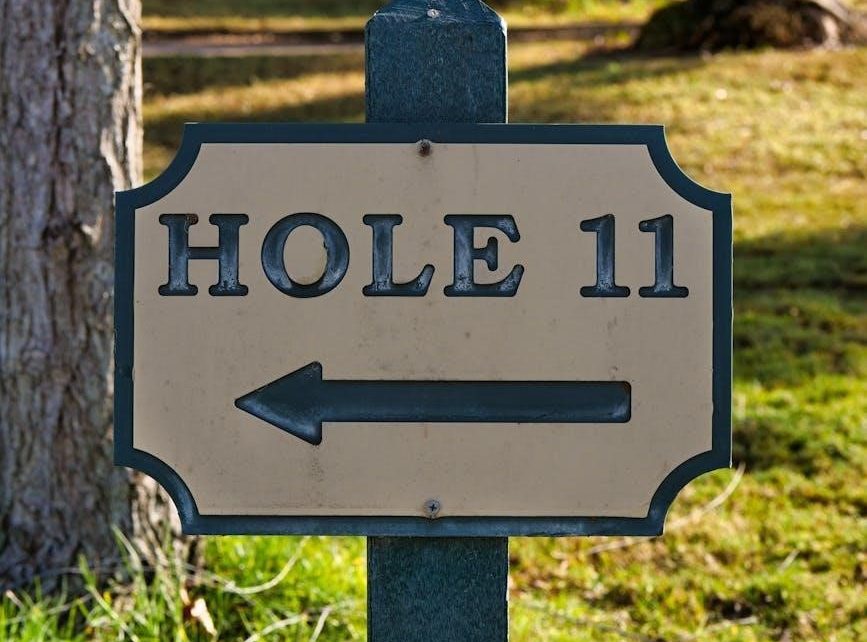A golf club distance guide helps golfers understand average distances for each club, aiding in better club selection and strategic shot planning during rounds. Knowing your distances enhances accuracy and decision-making, making it a valuable resource for players of all skill levels to improve performance.
The Importance of Knowing Your Club Distances
Understanding your club distances is crucial for making informed decisions on the course. It helps you choose the right club for each shot, avoiding the need to guess or overcalculate. By knowing how far each club travels, you can strategically plan your approach to the green, improving accuracy and consistency. This knowledge also enhances your ability to navigate different course conditions and adapt to varying challenges. Accurate club distances reduce uncertainty, allowing you to focus on execution and enjoy a more confident game. Whether you’re a beginner or an experienced golfer, having a clear understanding of your club distances is essential for effective play and continuous improvement.
How Club Distances Can Improve Your Game
Knowing your club distances can significantly enhance your performance by optimizing shot selection and reducing errors. It allows you to identify gaps in your bag and adjust your strategy accordingly. By understanding how far each club travels, you can avoid over-shooting or under-shooting greens, leading to lower scores. This knowledge also helps in managing risk on the course, such as avoiding hazards or selecting the safest route to the pin. Additionally, accurate club distances enable better practice sessions, as you can focus on improving specific shots. Overall, having a clear understanding of your club distances is a powerful tool for refining your technique and achieving consistent results in every round.
Factors Influencing Golf Club Distances
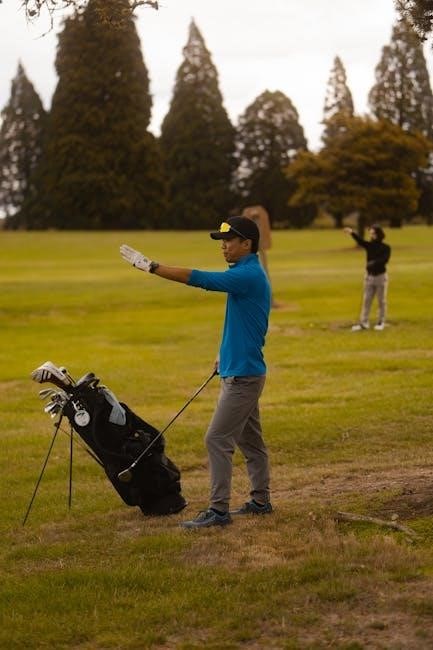
Swing speed, ball speed, and strike quality are key factors affecting club distances. Course conditions and equipment also play a role in determining shot length and accuracy.
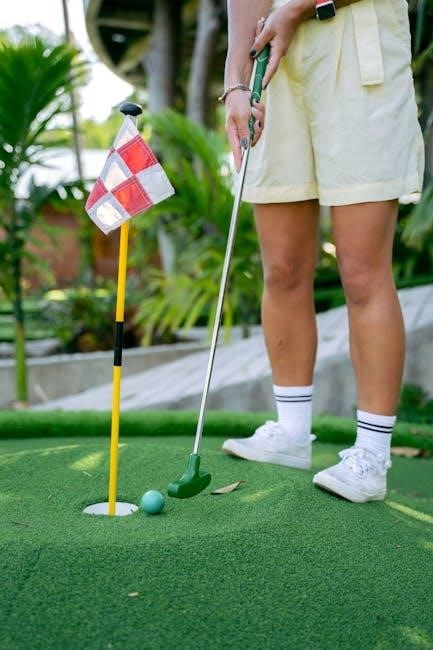
Swing Speed and Its Impact on Distance
Swing speed is a primary factor influencing golf club distances, as faster swings generate more power and ball speed. A golfer’s swing speed determines the potential distance of each shot, with even small increases in speed leading to significant gains in yardage. For example, a swing speed of 80 mph versus 90 mph can result in a difference of 20-30 yards with the same club. Professionals typically achieve higher swing speeds, while amateur and senior golfers may have slower speeds due to strength and technique differences. Understanding and optimizing swing speed is crucial for maximizing distance and improving overall performance on the course.
Ball Speed and Smash Factor Explained
Ball speed and smash factor are critical metrics in determining golf club distances. Ball speed measures how fast the ball travels immediately after impact, with higher speeds resulting in greater distances. Smash factor, calculated by dividing ball speed by swing speed, indicates efficiency in transferring energy to the ball. A higher smash factor means better energy transfer, leading to increased distance. For instance, a smash factor of 1.5 is considered excellent for drivers, while lower factors may indicate inefficiencies in the swing or ball striking. Understanding these metrics helps golfers identify areas for improvement to optimize their performance and achieve longer, more consistent shots.
Quality of Ball Striking and Its Effects
The quality of ball striking significantly impacts golf club distances. A center-face strike maximizes ball speed and distance, while off-center hits reduce performance. Factors like swing path, angle of attack, and clubface alignment influence strike quality. Consistent ball striking leads to predictable distances, aiding strategic play. Improving technique enhances overall performance and shot consistency.

Course Conditions and Their Role in Distance
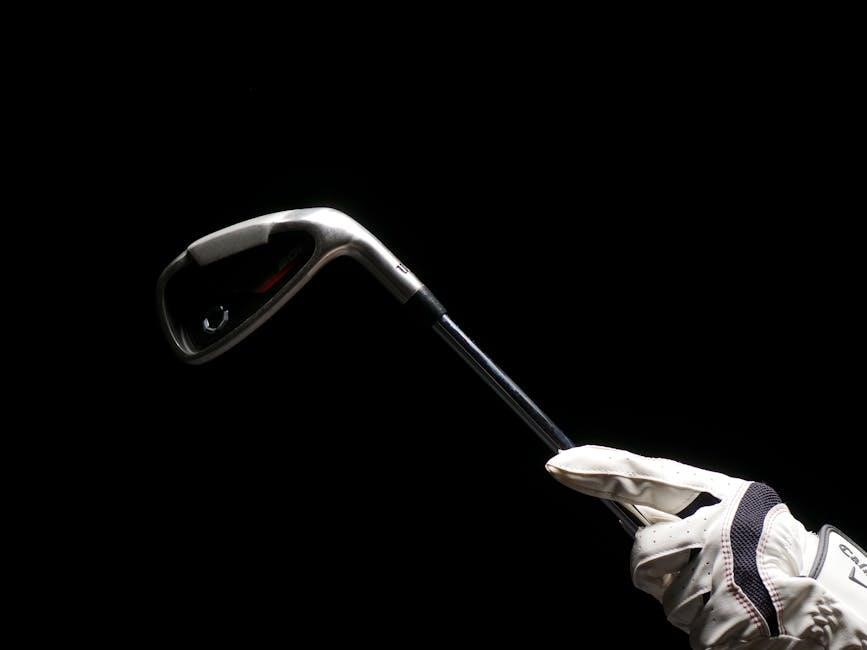
Course conditions play a crucial role in determining golf club distances. Soft, wet turf reduces roll, while firm ground increases it. Wind speed and direction can significantly alter shot distance, requiring adjustments in club selection. Sloped lies and uneven terrain further complicate distance control. Additionally, temperature and humidity affect ball flight, with colder conditions reducing carry distance. Understanding and adapting to these environmental factors is essential for accurate shot execution and maintaining consistent performance across varying course conditions.
Typical Golf Club Distances
Golf club distances vary by player and conditions, but average ranges exist. Drivers often exceed 200 yards, while irons and wedges cover shorter, more precise distances. Putters are used for the final roll.
Driver and Fairway Wood Distances
Drivers and fairway woods are designed for maximum distance, with drivers typically ranging from 200 to 450 yards, depending on swing speed and ball speed. Fairway woods generally cover shorter distances, often between 150 to 300 yards, but are more accurate from the fairway or rough. Swing speed is a critical factor, as faster swings generate more ball speed and greater distances. For example, a driver hit at 80 mph may travel 200 yards, while a 100 mph swing could reach 300 yards. Knowing these distances helps golfers choose the right club for long shots, improving accuracy and strategy. Consistent practice and understanding smash factor can further optimize performance.
Hybrid and Iron Distances
Hybrids typically range from 150 to 220 yards, depending on the specific club and swing speed. They are versatile, often replacing long irons for easier shots. Irons generally cover shorter distances, with a 9-iron averaging around 150 yards, an 8-iron 160 yards, and so on, decreasing by about 10 yards per club. Mid-irons, such as a 7-iron, may range from 160 to 180 yards, while shorter irons, like a pitching wedge, typically cover 120 to 140 yards. These distances are general estimates and can vary based on individual swing characteristics, ball striking quality, and course conditions. Understanding these ranges helps golfers select the right club for approach shots, improving accuracy and overall performance.
Wedge and Putter Distances
Wedge distances vary depending on the type, with sand wedges typically ranging from 70 to 100 yards, lob wedges from 50 to 90 yards, and gap wedges around 80 to 110 yards. Pitching wedges generally cover 120 to 140 yards. Putters are used for very short distances, usually within 10 to 30 feet on the green. These clubs are essential for precision and control, especially in the short game. Understanding your wedge and putter distances is crucial for accurate shot execution and strategic play around the greens. These distances are general estimates and can vary based on individual swing characteristics and technique.
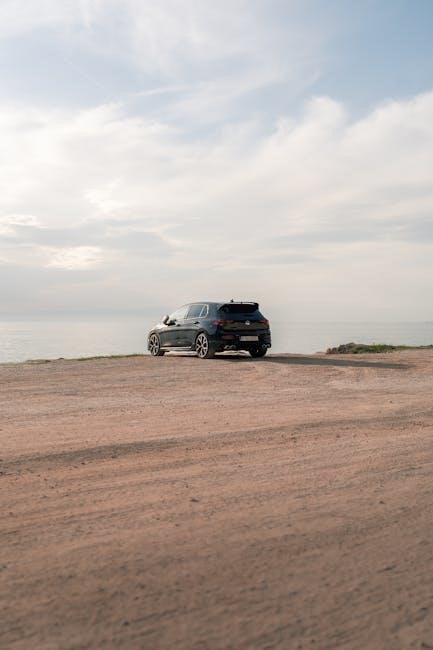
Creating a Personal Golf Club Distance Chart
A personal golf club distance chart helps golfers track and improve their performance by measuring and recording distances for each club under various conditions, enhancing shot selection and strategic planning.
How to Measure and Record Your Distances
To accurately measure and record your golf club distances, start by using tools like rangefinders or GPS devices during practice sessions. Track your shots on the driving range, noting the average distance for each club under consistent swing speeds. On the course, observe how factors like wind, slope, and ball position affect your shots. Record these variations to refine your data. Use a notebook or digital apps to log your findings, creating a personalized chart that reflects your performance. Regularly update your records to account for improvements or changes in your technique. This process helps you develop a reliable reference guide tailored to your unique swing characteristics and playing conditions.
Tools and Resources for Building Your Chart
Utilize tools like rangefinders, GPS watches, and launch monitors to measure distances accurately. Smartphone apps such as Shot Scope or Golf Buddy provide real-time data and stats. Many clubs offer pre-made templates or spreadsheets for organizing your information. Additionally, instructional videos and guides online can help refine your tracking process. Use these resources to log swing speed, ball speed, and smash factor, ensuring precise recordings. Regular practice sessions and on-course observations will enhance the accuracy of your chart. By leveraging these tools, you can create a comprehensive guide tailored to your swing and playing conditions, helping you make informed decisions during games.

Understanding Handicap-Based Distance Data
Handicap-based distance data provides insights into how golfers of different skill levels perform. Lower handicaps typically achieve greater distances, while higher handicaps may see shorter averages, influencing club selection strategies.
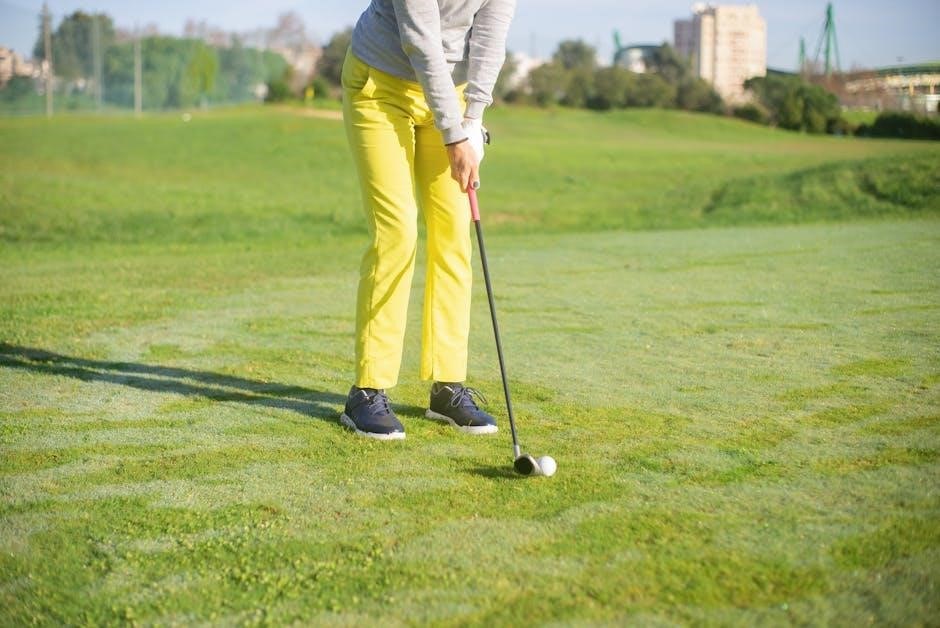
How Handicap Levels Affect Club Distances
Golfers with lower handicaps typically achieve greater distances due to higher swing speeds and better ball-striking consistency. For example, a scratch golfer may hit a 7 iron 170 yards, while a higher handicap golfer might only reach 140 yards with the same club. Handicap-based data, such as that from Shot Scope, reveals that better players tend to have smaller gaps between club distances, allowing for more precise shot selection. In contrast, higher handicaps often experience larger distance variations, making club choice more challenging. Understanding these differences helps golfers set realistic expectations and improve their strategy based on their skill level. This data also highlights the importance of practicing to narrow the distance gaps and enhance overall performance.
